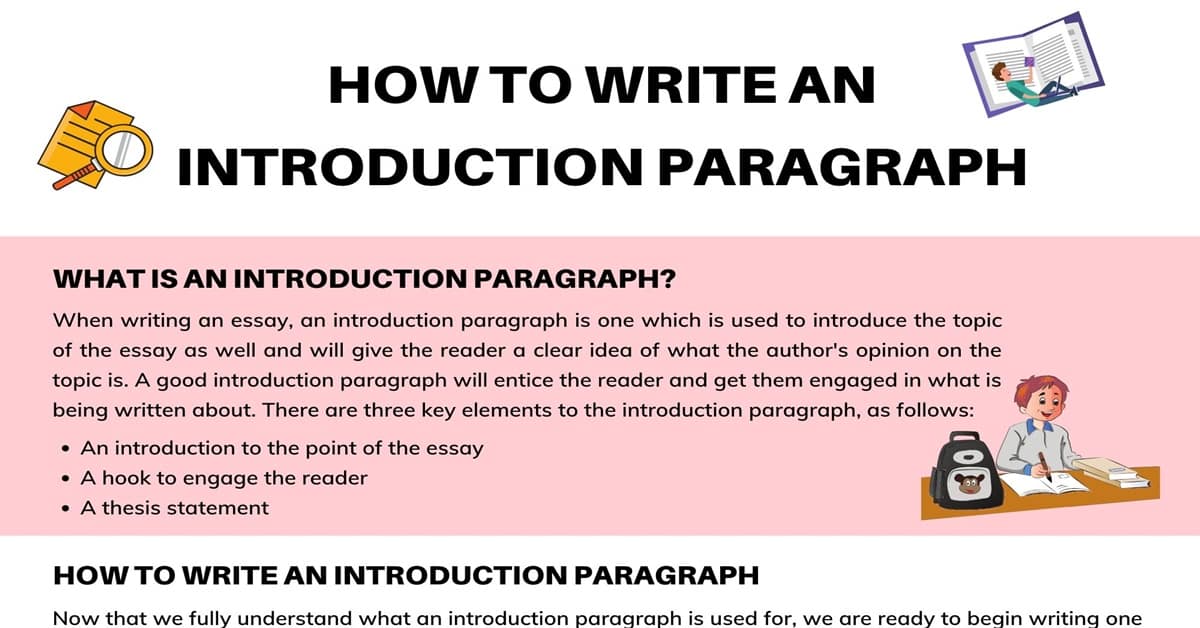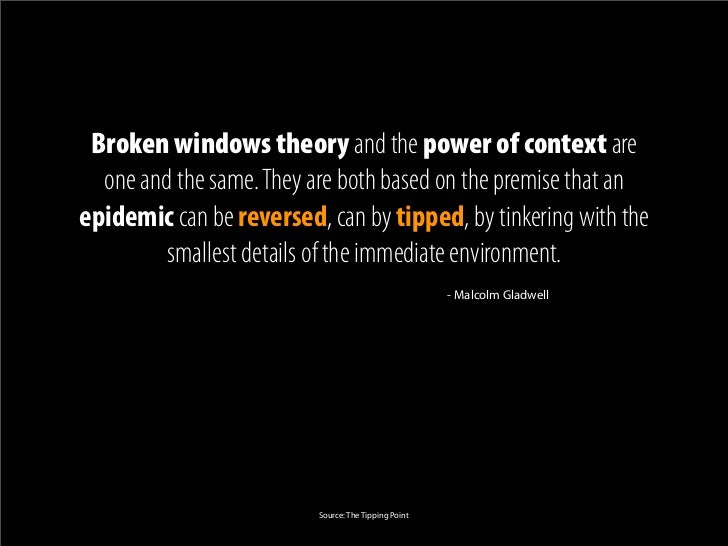
About introduction paragraphs. The introduction to an essay is very important. It is the FIRST paragraph that the marker reads and should ‘grab’ the reader. Introduction paragraphs are usually about 5% of your essay word count. In clearly-written sentences, the writer gives some background on the main topic; explains the academic problem and tells the reader what to expect in the rest of the essay · An introduction paragraph is the first paragraph of an essay, paper, or other type of academic writing. Argumentative essays, book reports, research papers, and even personal essays are common types of writing that require an introduction paragraph · So far, in our elements of an essay blogs, we have learned about thesis statements, body paragraph and transitions, details, and commentary. Today, we want to take a look at introduction paragraphs. Remember that introduction paragraphs are the heart of your essay. This is because your introduction is the first impression that your readers Estimated Reading Time: 5 mins
How to write an introduction to an essay - BBC Bitesize
An introductory paragraph, as the opening of a conventional essaycompositionor reportis designed to grab people's attention. It introduction paragraph of an essay readers about the topic and why they should care about it but also adds enough intrigue to get them to continue to read. In short, the opening paragraph is your chance to make a great first impression. The primary purpose of an introductory paragraph is to pique the interest of your reader and identify the topic and purpose of the essay.
It often ends with a thesis statement. You can engage your readers right from the start through a number of tried-and-true ways. Posing a question, defining the key term, giving a brief anecdoteusing a playful joke or emotional appeal, or pulling out an interesting fact are just a few approaches you can take.
Use imagery, details, and sensory information to connect with the reader if you can. The key is to add intrigue along with just enough information so your readers want to find out more.
One way to do this is to come up with a brilliant opening line. Even the most mundane topics have aspects interesting enough to write about; otherwise, you wouldn't be writing about them, right?
When you begin writing a new piece, think about what your readers want or need to know. Use your knowledge of the topic to craft an opening line that will satisfy that need, introduction paragraph of an essay.
You don't want to fall into the trap of what writers call "chasers" that bore your readers such as "The dictionary introduction paragraph of an essay The introduction should make sense and hook the reader right from the start. Make your introductory paragraph brief. Typically, just three or four sentences are enough to set the stage for both long and short essays, introduction paragraph of an essay.
You can go into supporting information in the body of your essay, so don't tell the audience everything all at once. You can always adjust your introductory paragraph later. Sometimes you just have to start writing. You can start at the beginning or dive right into the heart of your essay. Your first draft may not have the best opening, but as you continue to write, introduction paragraph of an essay, new ideas will come to you, and your thoughts will develop a clearer focus.
Take note of these and, as you work through revisionsrefine and edit your opening. If you're struggling with the opening, follow the lead of other writers and skip it for the moment. Many writers begin with the body and conclusion and come back to the introduction later.
It's a useful, time-efficient approach if you find introduction paragraph of an essay stuck in those first few words. Start where it's easiest to start. You can always go back to the beginning or rearrange later, especially if you have an outline completed or general framework informally mapped out.
If you don't have an outline, even just starting to sketch one can help organize your thoughts and "prime the pump" as it were.
You can read all the advice you want about writing a compelling opening, but it's often easier to learn by example. Take a look at how some writers approached their essays and analyze why they work so well.
What did Zeigler do in her introduction? First, she wrote in a little joke, but it serves a dual purpose. Not only does it set the stage for her slightly more humorous approach to crabbing, but it also clarifies what type of "crabber" she's writing about.
This is important if your subject has more than one meaning. The other thing that makes this a successful introduction is the fact that Zeigler leaves us wondering. What do we have to be prepared for? Will the crabs jump introduction paragraph of an essay and latch onto you? Is it a messy job? What tools and gear do I need? She leaves us with questions, introduction paragraph of an essay, and that draws us in introduction paragraph of an essay now we want answers.
This revised classification essay begins by painting a picture of an ordinary scenario: the grocery store. But when used as an opportunity to observe human nature, as this writer does, it turns from ordinary to fascinating. Who is the amnesiac?
Would I be classified as the dawdler by this cashier? The descriptive introduction paragraph of an essay and the analogy to rats in a maze add to the intrigue, and readers are left wanting more.
For this reason, even though it's lengthy, introduction paragraph of an essay, this is an effective opening. Here is an example of reversing expectations. The introductory paragraph is filled with doom and gloom.
We feel sorry for the writer but are left wondering whether the article will be a classic sob story. It is in the second paragraph where we find out that it's quite the opposite. Those first few words of the second paragraph—which we cannot help but skim—surprise us and thus draw us in. How can the narrator be happy after all that sorrow? This reversal compels us to find out what happened. Most people have had streaks where nothing seems to go right.
Yet, it is the possibility of a turn of fortunes that compels us to keep going. This writer appealed to our emotions and a sense of shared experience to craft an effective read.
Share Flipboard Email. An Introduction to Essay Writing. Introduction Choosing a Topic. Writing an Introduction. How to Begin an Essay Writing a Great First Paragraph Strong Thesis Statements Attention-Grabbing Opening Sentences Check Your Knowledge: How to Support a Topic Sentence. Structuring and Outlining. How to Write a 5-Paragraph Essay Create an Outline Using a Venn Diagram Use Text Boxes to Outline and Organize Check Your Knowledge: Create a Simple Outline.
Types of Essays. How to Write a Narrative Essay How to Write an Argumentative Essay How to Write an Expository Essay How to Write a Personal Narrative How to Write an Opinion Essay How to Write a Profile. Editing and Improving. Making Paragraphs Flow With Smooth Transitions Replace These Overused, Tired Words An Essay Revision Checklist. Richard Nordquist. English and Rhetoric Professor. Richard Nordquist is professor emeritus of rhetoric and English at Georgia Southern University and the author of several university-level grammar and composition textbooks.
our editorial process. Cite this Article Format. Nordquist, Richard. Examples of Great Introductory Paragraphs. copy citation. Understanding General-to-Specific Order in Composition. Bad Essay Topics for College Admissions. The Introductory Paragraph: Start Your Paper Off Right. Process Analysis Essay: "How to Catch River Crabs". The Ultimate Guide to the 5-Paragraph Essay.
Write an Attention-Grabbing Opening Sentence for an Essay. How to Write a Narrative Essay or Speech, introduction paragraph of an essay.
How to Write an Essay: Introduction Paragraph (with Worksheet)
, time: 14:55How to Write an Essay Introduction | 4 Steps & Examples

An introduction is the opening paragraph of an essay. It should briefly introduce the topic and outline your key ideas. An introduction might also provide context and try to hook the reader’s Estimated Reading Time: 2 mins · How to write an essay introduction. Step 1: Hook your reader. Your first sentence sets the tone for the whole essay, so spend some time on writing an effective hook. Step 2: Give background information. Step 3: Present your thesis statement. Step 4: Map your essay’s structure. Step 5: Reviews: 2 · Beginning an introduction with a famous quote or an anecdote or a small story which is witty as well as pertaining to the subject of the essay is always welcome by the readers. It makes the introduction interesting which immediately adds flair to the essay

No comments:
Post a Comment